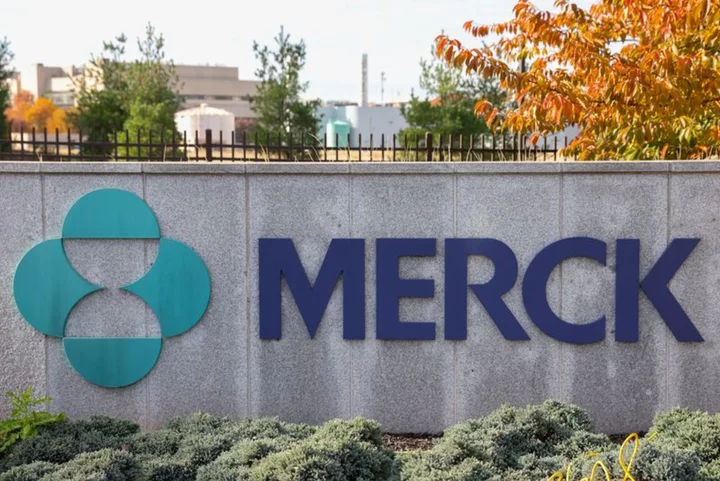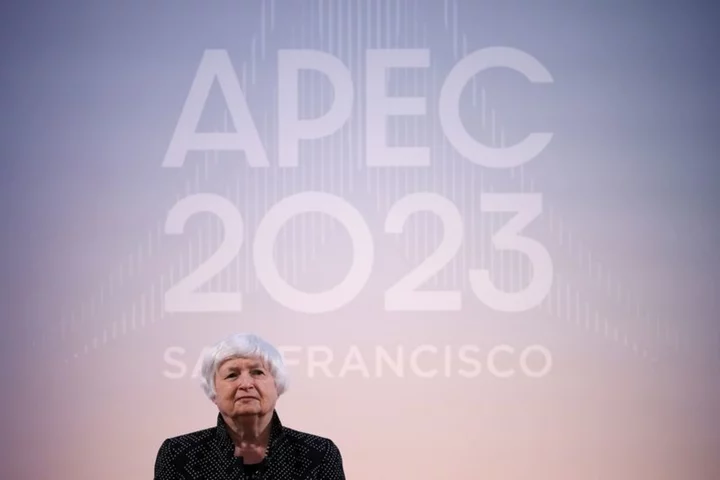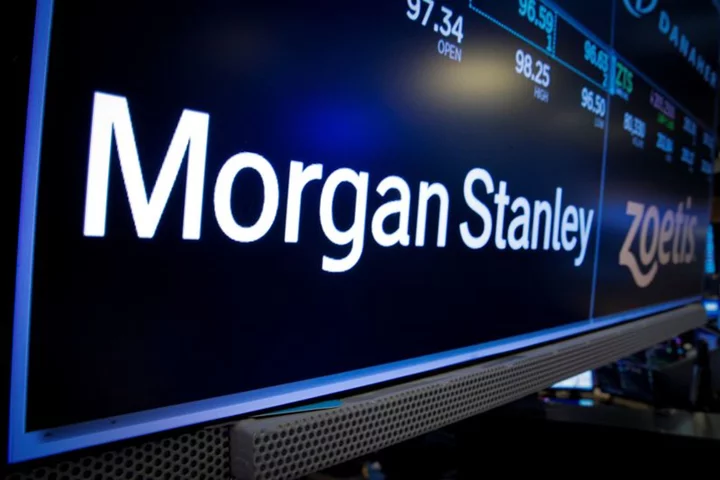LOS ANGELES (AP) — The average long-term U.S. mortgage rate rose this week, snapping a three-week pullback after reaching a high for the year in early June.
Mortgage buyer Freddie Mac said Thursday that the average rate on the benchmark 30-year home loan rose to 6.71% from 6.67% last week. A year ago, the rate averaged 5.70%.
The increase brings the average rate back to where it was three weeks ago. On June 1, it averaged 6.79%, its highest level so far this year.
High rates can add hundreds of dollars a month in costs for borrowers, limiting how much they can afford in a market that remains unaffordable to many Americans after years of soaring home prices and limited housing inventory.
The median monthly payment listed on applications for home purchase loans in May rose to $2,165, up 14.1% from a year ago and a 2.5% increase from April, the Mortgage Bankers Association said Thursday.
The average rate on a 30-year home loan is still more than double what it was two years ago, when the ultra-low rates spurred a wave of home sales and refinancing. The far higher rates now are contributing to the low level of available homes by discouraging homeowners who locked in those lower borrowing costs two years ago from selling.
The dearth of properties on the market is also a key reason home sales have been slow this year. Last month, sales of previously occupied U.S. homes were down 20.4% from as year earlier, marking 10 consecutive months of annual declines of 20% or more, according to the National Association of Realtors.
Low mortgage rates helped fuel the housing market for much of the past decade, easing the way for borrowers to finance ever-higher home prices. That trend began to reverse a little over a year ago, when the Federal Reserve began to hike its key short-term rate in a bid to slow the economy to lower inflation.
Global demand for U.S. Treasurys, which lenders use as a guide to pricing loans, investors’ expectations for future inflation and what the Fed does with interest rates influence rates on home loans.
All told, the Fed raised its benchmark rate 10 times, starting in March 2022. The central bank opted to forgo another increase at its meeting of policymakers earlier this month. Still, the Fed warned that it could raise interest rates two more times this year in its battle against inflation.
That open-ended approach has heightened uncertainty about the Fed’s next moves, which could lead to more volatile moves for mortgage rates.
The average rate on 15-year fixed-rate mortgages, popular with those refinancing their homes, also rose this week, increasing to 6.06% from 6.03% last week. A year ago, it averaged 4.83%, Freddie Mac said.









